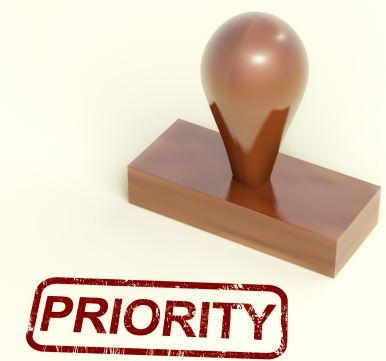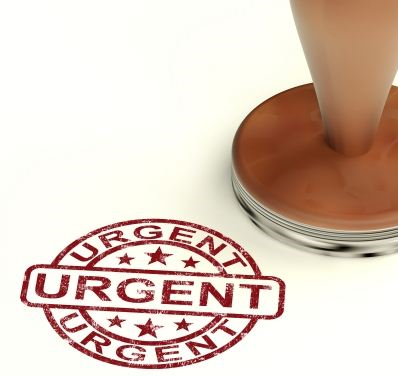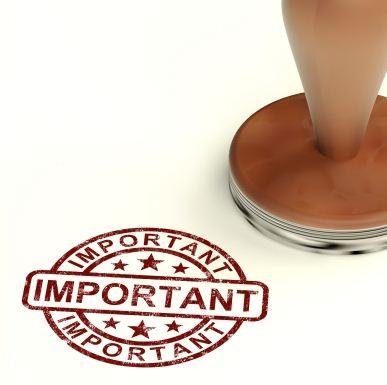Collecting Unpaid Invoices: Prioritize A/R Collection Calls (Part 3)
In the first part of this series you learned 7 ways to differentiate your high priority accounts and why figuring this out is hugely important to ...
1 min read
Jeanne Lee Wed, Aug 21, 2013

In a majority of companies, both large and small, collecting unpaid invoices is a constant battle. There are a number of strategies and best practices out there for managing accounts receivable more effectively, and here's. Work with a strategy that identifies your priority accounts, plan personal communications with those high priority accounts, and use tools to help you automate communications with your lower priority accounts.
The first step in this process is to identify your high-priority customers. Remember that approximately 20% of your active customer base generates 80% of the activity, so it's crucial to concentrate your limited collection resources on these customers, as personal contact will yield the greatest impact. Additionally, consider the resources you have available for making these personal contacts and the time required to manage these relationships. So, how do you determine who is a high priority?
You will need to take a look at your customers from a few different angles to determine where they should fall on the priority list; use ageing reports and customer history and past interactions to help you analyze the following:
A collections automation tool would be helpful by bringing all this information together in one place. It is important to keep monitoring this information at least quarterly as your customer base changes. So if you have a lot of information and plan on analyzing it often, a system such as the aforementioned would be extremely helpful.
With this list you will be well on your way to collecting unpaid invoices faster and handling the entire process more efficiently. But there is still more to learn! Visit Nuvei - https://pages.nuvei.com/sage-100-credit-card-processing

In the first part of this series you learned 7 ways to differentiate your high priority accounts and why figuring this out is hugely important to ...

The first part of this blog series, Collecting Unpaid Invoices (Part I), talked about the importance of prioritizing your collections calls and how...
A study conducted by Credit Today indicated that 25% of credit departments do not have adequate staff to manage their workload. So if you have ever...